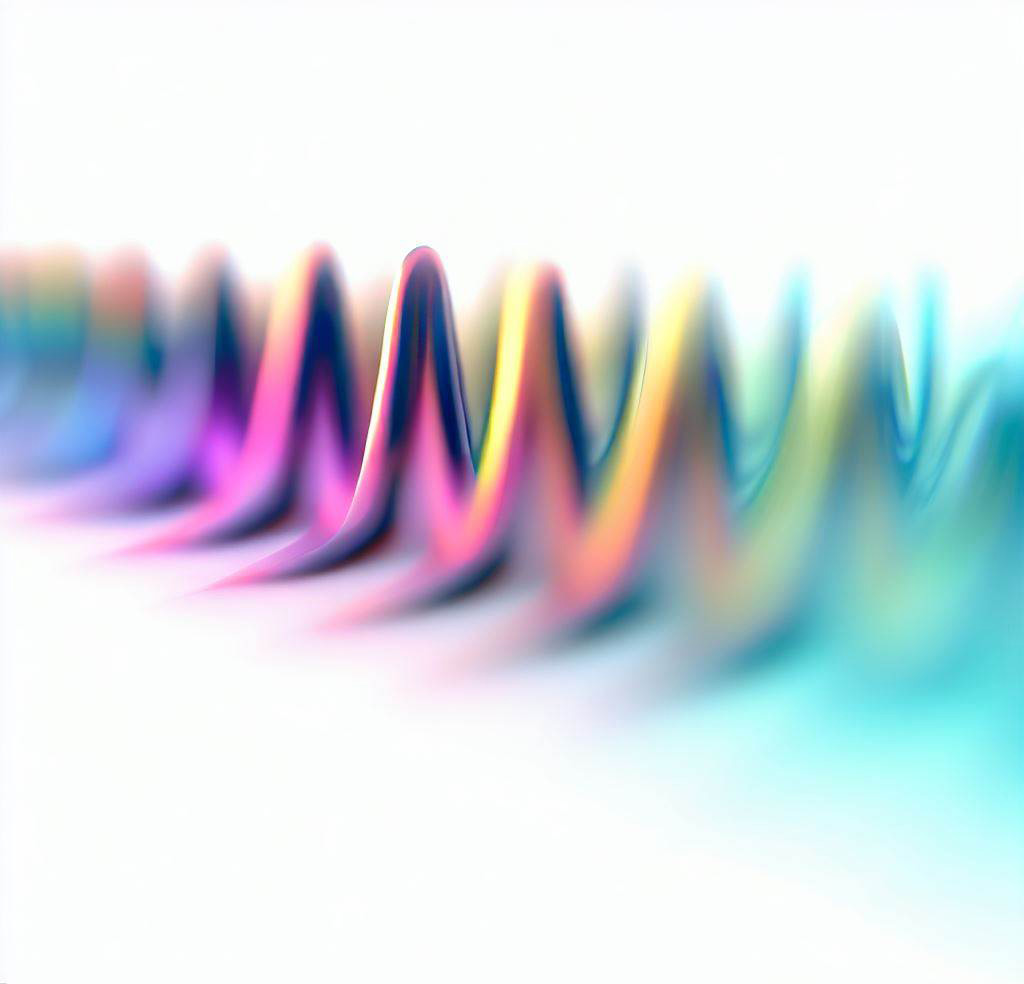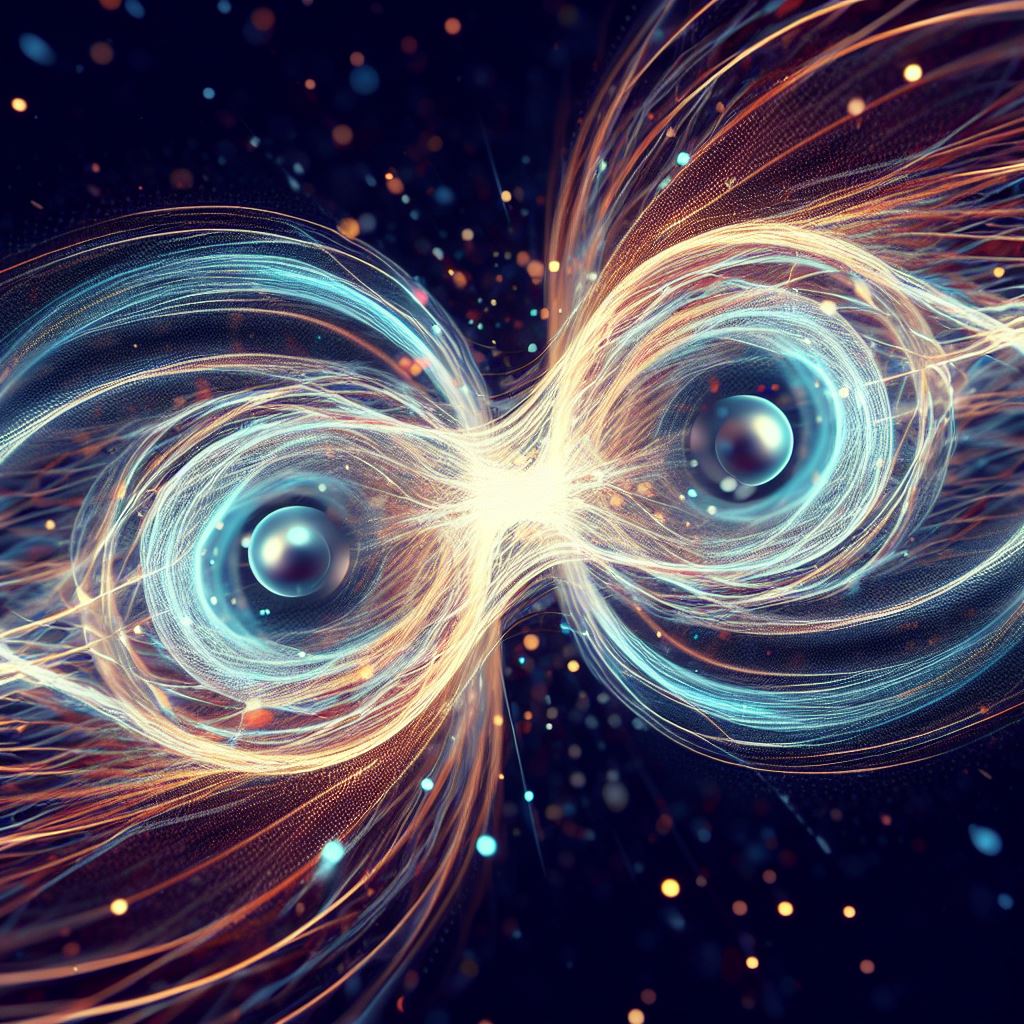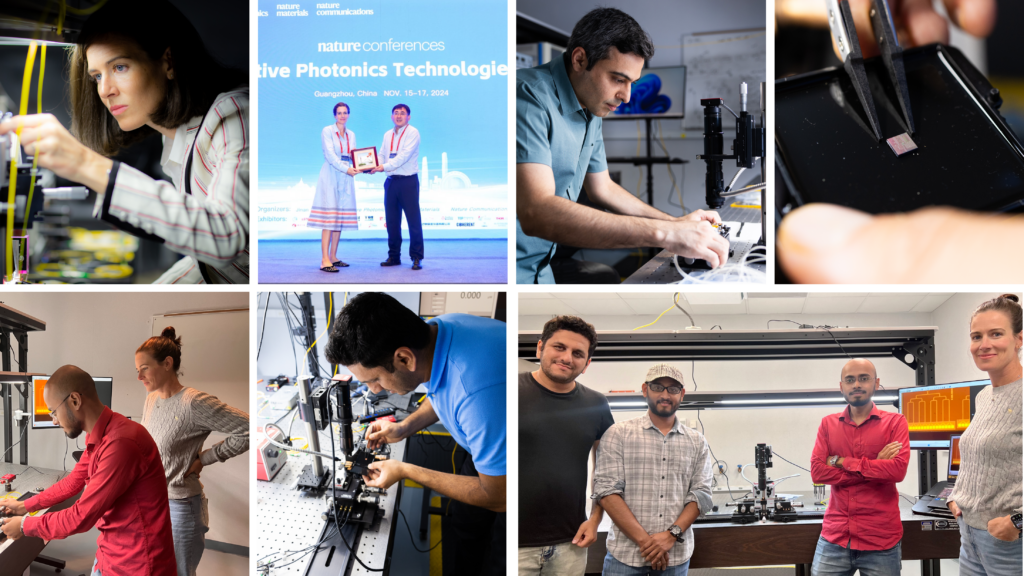Silicon photonics is revolutionizing the telecom and data industries by enabling unprecedented performance, compact footprint, and low power consumption. It is also an incredibly versatile platform to explore fundamental physical phenomena such as nonlinear optics, topological physics, and quantum effects.
The Quantum Silicon Photonics group at CREOL leverages the potential of the silicon photonics technology to produce fundamental breakthroughs and to develop novel applications based on those.
Nonlinear integrated photonics

Using the unparalleled dispersion engineering possibilities in silicon photonics waveguides, we are exploring new regimes of nonlinear propagation.
A fascinating nonlinear regime is that of optical solitons, pulses that propagate without changing shape for very long distances. A recently discovered soliton regime is that of pure-quartic solitons, solitons that arise from the interaction of the nonlinearity with the fourth order dispersion, and its generalizations to higher-orders of dispersion.
Our group is investigating novel integrated platforms to further our understanding of this recently discovered phenomenon and to develop ultrafast laser applications based on it.
Topological quantum photonics

Topological photonics leverages global properties of the dispersion relation of photonic structures to produce robust light propagation.
In addition to the enticing, sometimes counterintuitive, physics that manifest in topological platforms, topological photonics is being investigated for applications in sensing, lasers, and quantum information.
Our group at CREOL is working on integrated topological photonics platforms for the robust generation of quantum states of light, with the view set in quantum information and quantum sensing applications.
Programmable topological photonics

The field of programmable photonics has already made waves in the photonics AI and quantum computing communities. It relies on reconfigurable meshes of interferometers and phase shifters that enable reconfiguration into arbitrary circuit paths for light on the same ship.
The Quantum Silicon Photonics group has recently proposed and demonstrated the use of programmable integrated photonics platforms to explore topological physics and other types of coupled systems.
Our view is now set on leveraging the versatility of this platform to demonstrate novel topological and non-Hermitian physics and to explore their applications in integrated photonics.
Visit the Quantum Silicon Photonics labs at CREOL

Recent Publications
A. B. Batarseh, M. J. Zakeri, A. Blanco-Redondo, M. Trippenbach, D. Hagan, W. Krolikowski, P. S. Jung, “Crossover from single to two-peak fundamental solitons in nonlocal nonlinear media,” Wave Motion 133, 103445 (2025)
S. Sardelis, S. Roy, M. Roy, Z. Musslimani, and A. Blanco-Redondo, “Pure-quartic solitons with PT-symmetric nonlinearity,” Optics Letters 49 (21), 6069-6072 (2024)
(Keynote) A. Blanco-Redondo, “Programmable Topological Photonics,” 2024 Photonics North (PN), Vancouver, BC, Canada, 2024 doi: 10.1109/PN62551.2024.10621808.
P. S. Jung, M. J. Zakeri, A. Ramaniuk, A. Blanco-Redondo, D. J. Hagan, A. Dogariu, D. N. Christodoulides, G. Assanto, W. Krolikowski, and M. Trippenbach, “Giant Oscillations of Vector Solitons Driven by Nonreciprocal Interactions,” in CLEO 2024, Technical Digest Series (Optica Publishing Group, 2024), paper JW2A.203.
(Highlighted) A. Hashemi, E. Pereira, H. Li, J. L. Lado, and A. Blanco-Redondo, “Non-Hermitian topology in a programmable silicon photonics lattice,” in CLEO 2024, Technical Digest Series (Optica Publishing Group, 2024), paper FTh4D.3.
E.L. Pereira, H. Li, A. Blanco-Redondo, and J.L. Lado, “Non-Hermitian topology and criticality in photonics arrays with engineered losses,” Physical Review Research 6 (2), 023004 (2024).
(Invited) D. Che, S. Grillanda, Y. Liu, Z. Qiu, X. Ji, G. Raybon, X. Chen, K. Kim, T. Kippenberg, and A. Blanco-Redondo, “An EDWA-supported multi-terabit/s coherent optical transmission,” Next-Generation Optical Communication: Components, Sub-Systems, and Systems XIII. SPIE, 2024.
M. B. On, F. Ashtiani, D. Sanchez-Jacome, D.Perez-Lopez, S.J.B. Yoo, and A. Blanco-Redondo, “Programmable integrated photonics for topological Hamiltonians,” Nature Communications 15 (1), 629 (2024).
J. Zhao, X. Li, T.-C. Hu, A. Al Sayem, H. Li, A. Tate, K. Kim, R. Kopf, P. Sanjari, M. Earnshaw, N. K Fontaine, C. Wang, and A. Blanco-Redondo “Unveiling the origins of quasi-phase matching spectral imperfections in thin-film lithium niobate frequency doublers,” APL Photonics 8, 126106 (2023).
F. Ashtiani, M. H. Idjadi, T. C. Hu, S. Grillanda, D. Neilson,1 M. Earnshaw, M. Cappuzzo, R. Kopf, A. Tate, and A. Blanco-Redondo, “A surface-normal photodetector as nonlinear activation function in diffractive optical neural networks,” APL Photonics 8(12), 121301 (2023).
(Invited) A. Blanco-Redondo, C. Martijn de Stark, C. Xu, S. Wabnitz, and S.K. Turitsyn, “The bright prospects of optical solitons after 50 years,” Nature Photonics 17(11), 937-942 (2023).
C. Martijn de Sterke and A. Blanco-Redondo, “Even-order dispersion solitons: A pedagogical note,” Optics Communications 541, 129560 (2023).
News
- SPIE Photonics West, here we come! Our group, and many other CREOL folks, is excited to participate in PW2025. Our PI, Dr. Blanco-Redondo will be Chair of the OPTO Symposium for the next 4 years. Consider contributing with your research!!
- Dr. Blanco-Redondo gives an invited talk highlighting our group’s work at the Nature Conference for Disruptive Photonics Technologies (DPT24).
- CLEO conference, here we come! Our group will be at CLEO (Charlotte, US, 05-10 May) presenting topics as diverse and exciting as topologically robust photonic entanglement, non-hermitian topology in programmable integrated platforms, giant oscillations of vector solitons, and pure-quartic solitons in micro resonators. Looking forward to see you there!
- Check our perspective article on Nature Photonics on the bright prospects of optical solitons 50 years after their discovery (31 Oct 2023))
